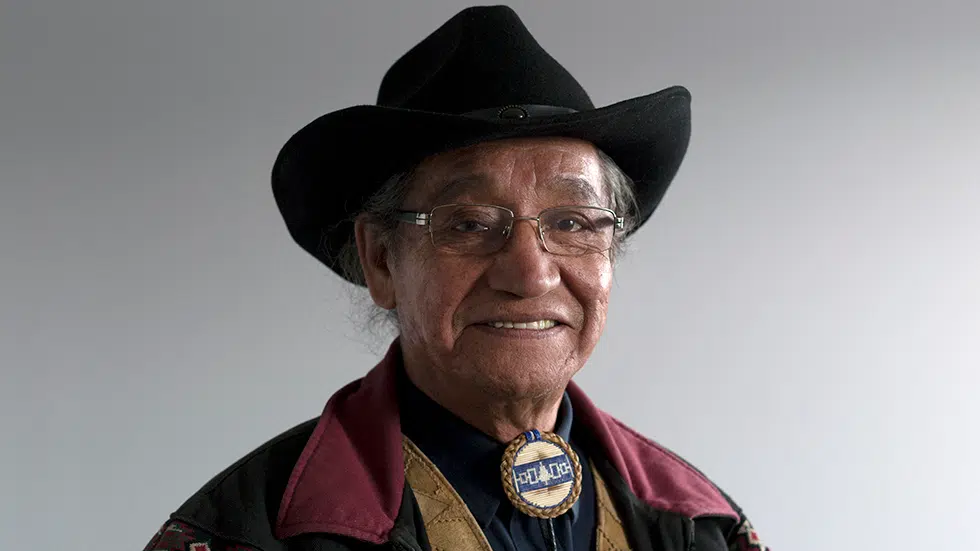
PAGC Conference: The medicine chest clause
Treaty 6 includes a unique clause; a section of the document addresses the inherent right to health.
“That a medicine chest shall be kept at the house of each Indian Agent for the use and benefit of the Indians at the direction of such agent,” the document reads.
Treaty 6 was the first numbered treaty document to include such a clause, according to Allen J. “AJ” Felix. He is a fire keeper of the numbered treaties, and he hails from Treaty 6 territory – specifically Sturgeon Lake. This week, Felix spoke twice on treaty rights at the Nation to Nation, Government to Government, Sovereignty and Treaty Relations Forum organized by the Prince Albert Grand Council.
“The medicine chest clause was born here in Treaty 6,” Felix said. “It was born here because we already had the experience of [having] our buffalo depleted. We were searching for food. Of course, sickness arrived.”


